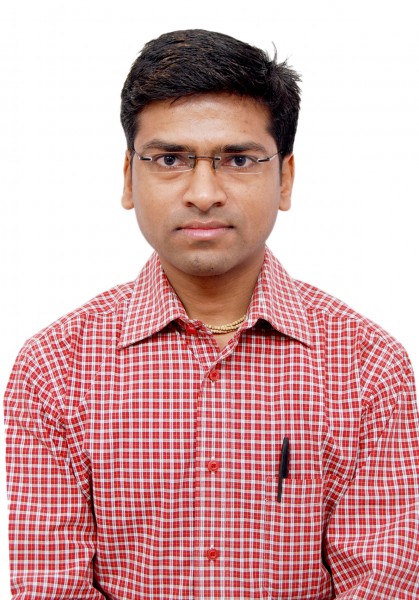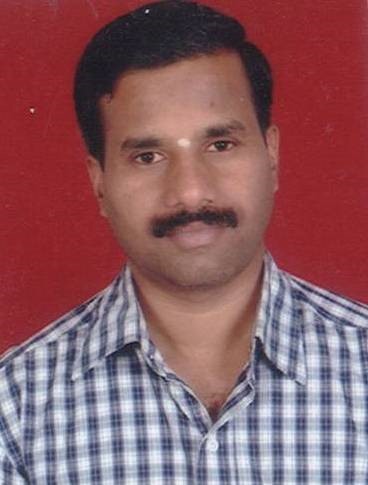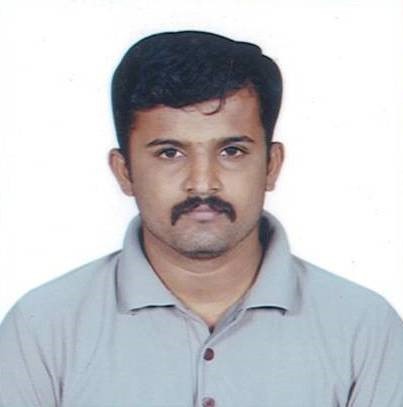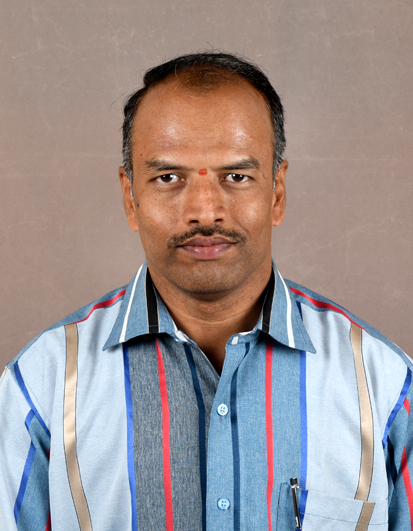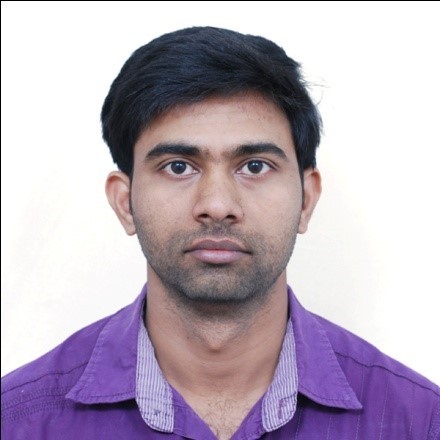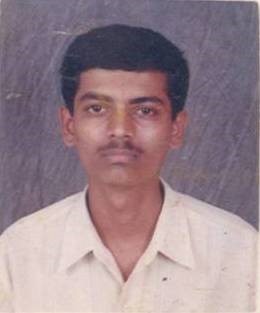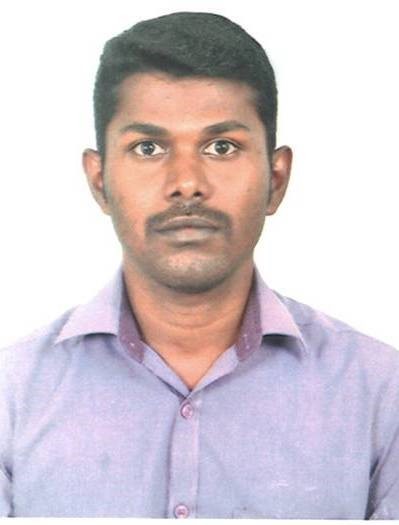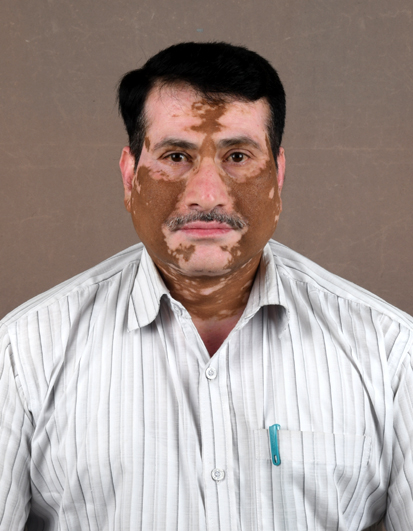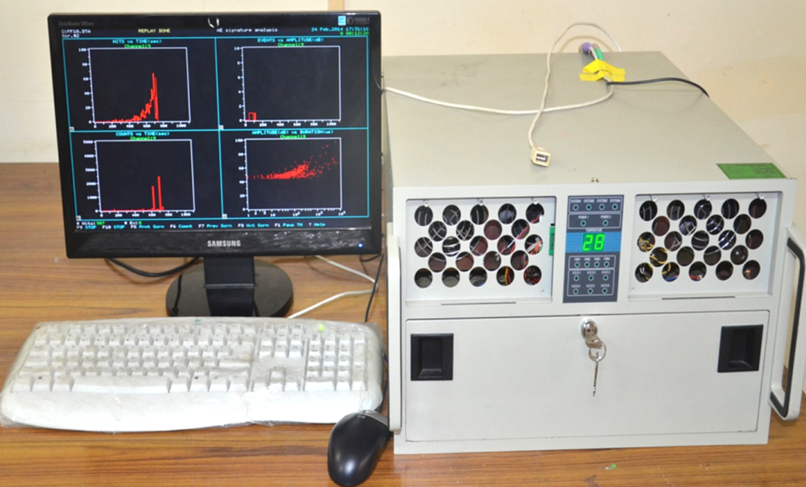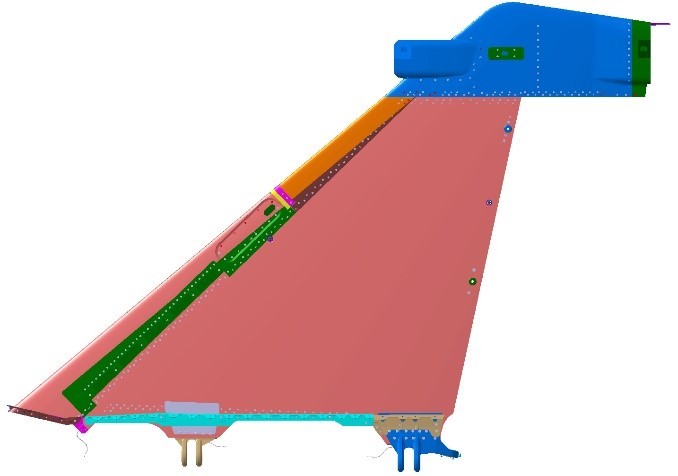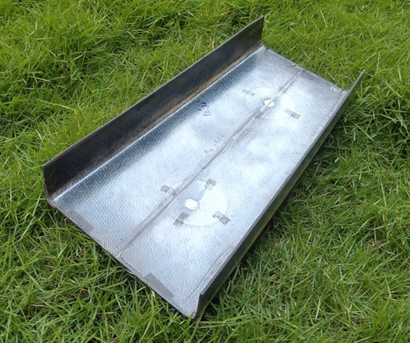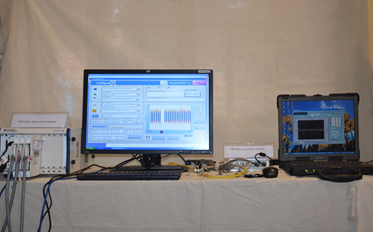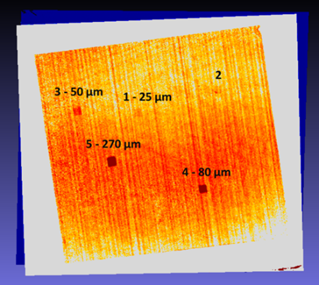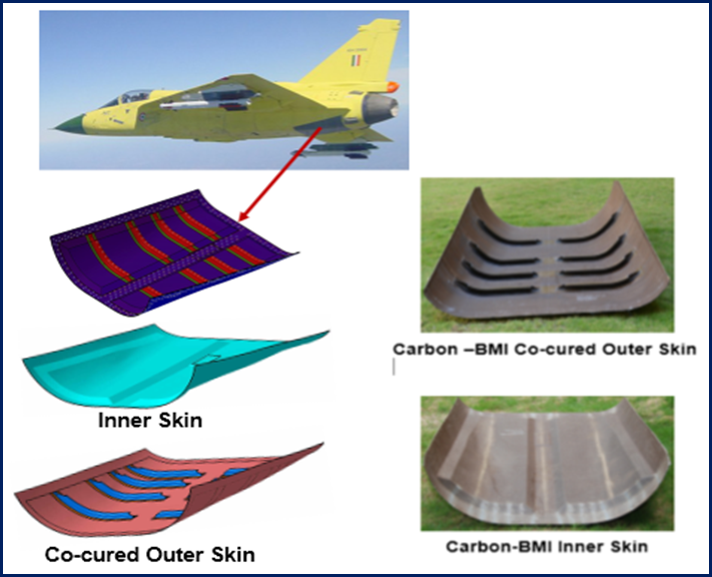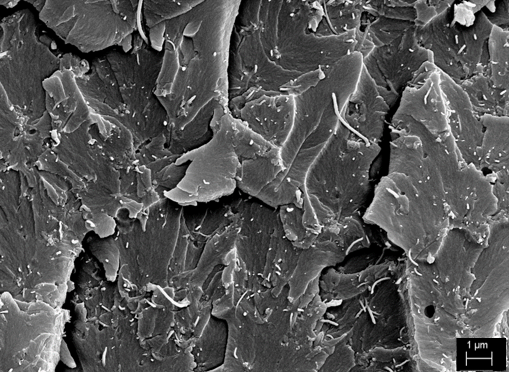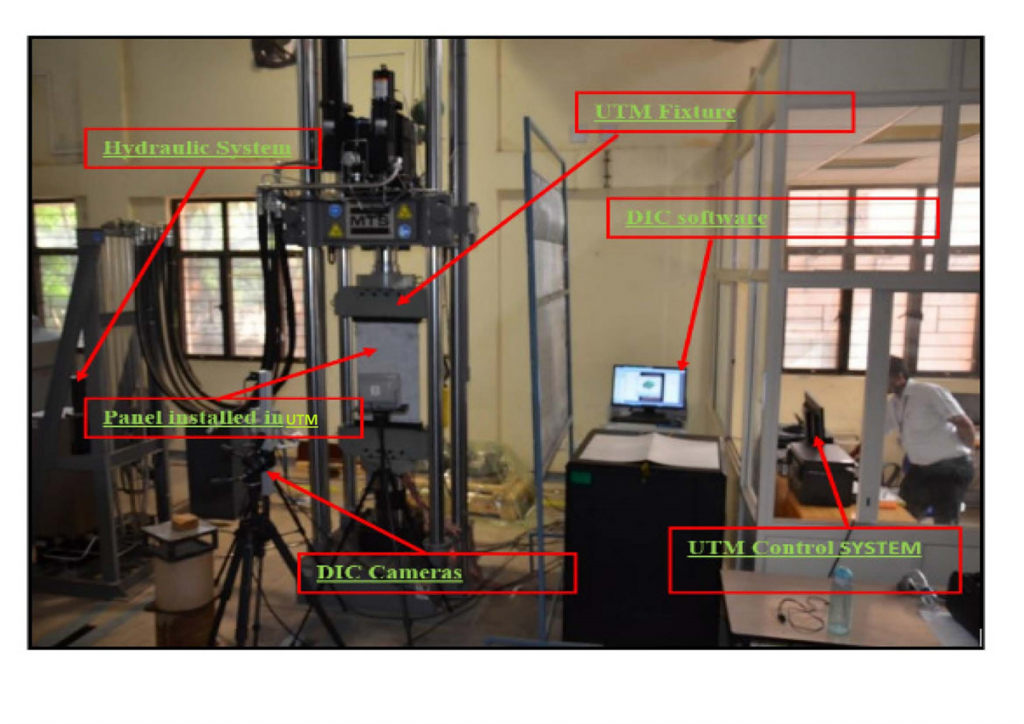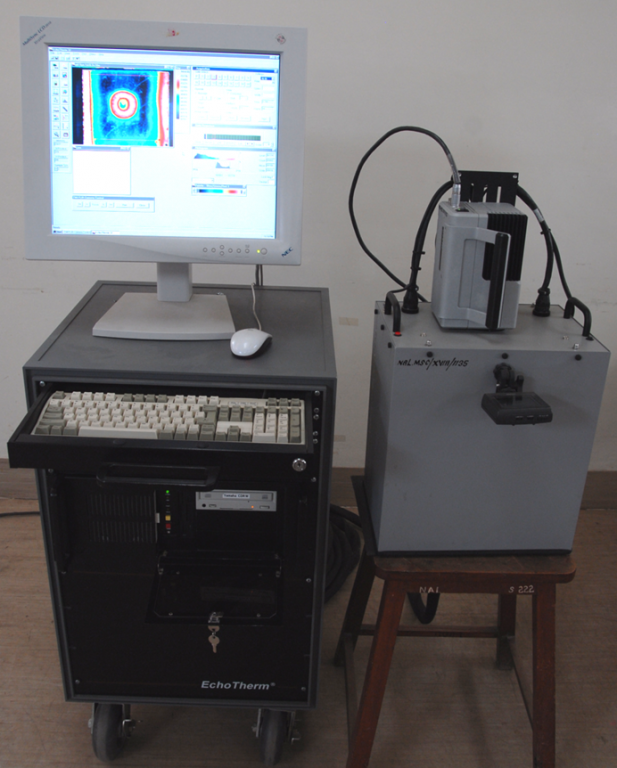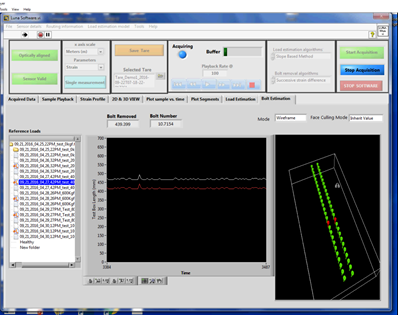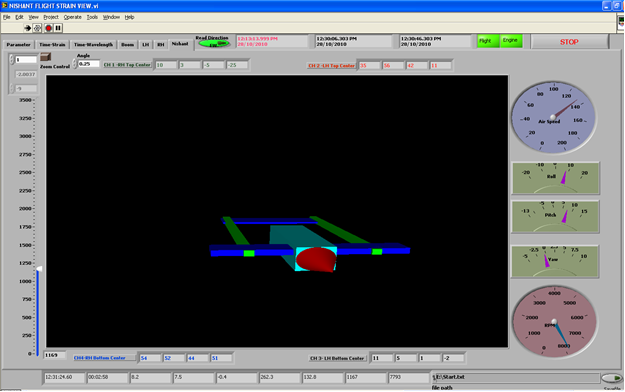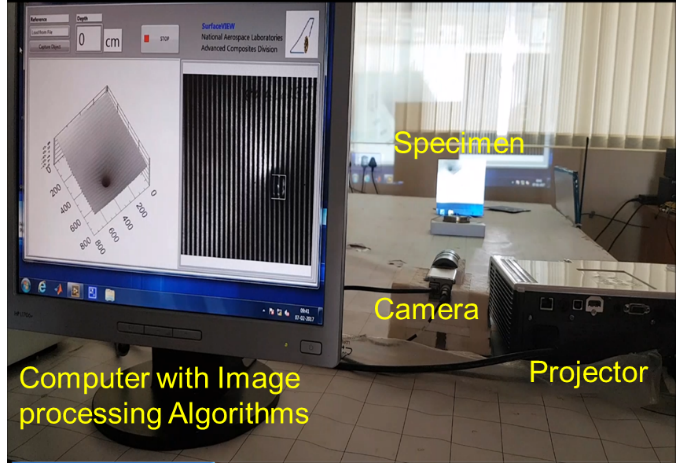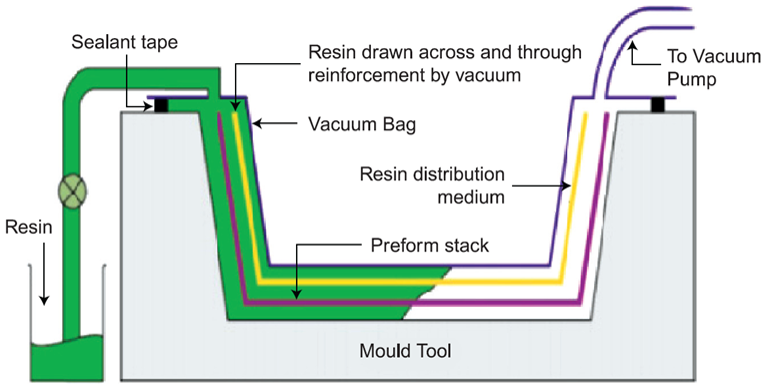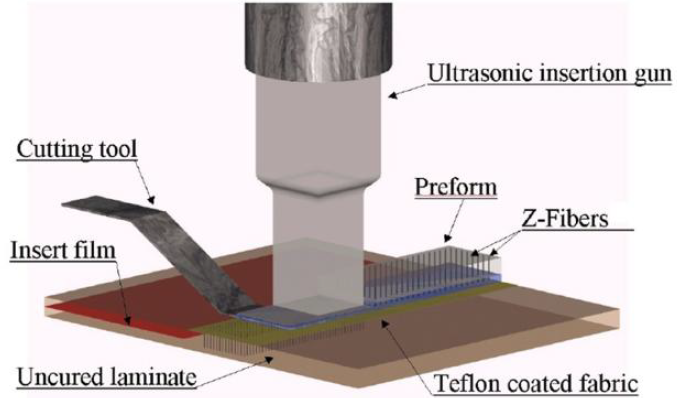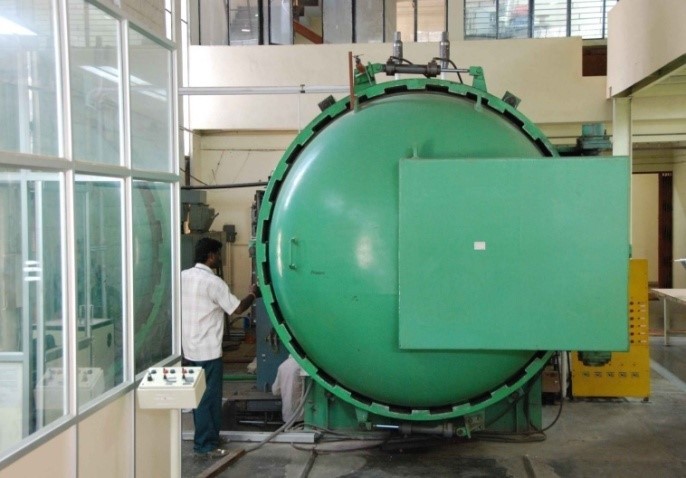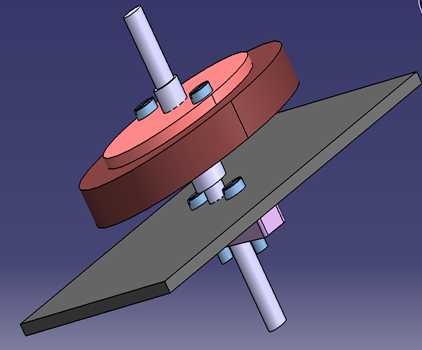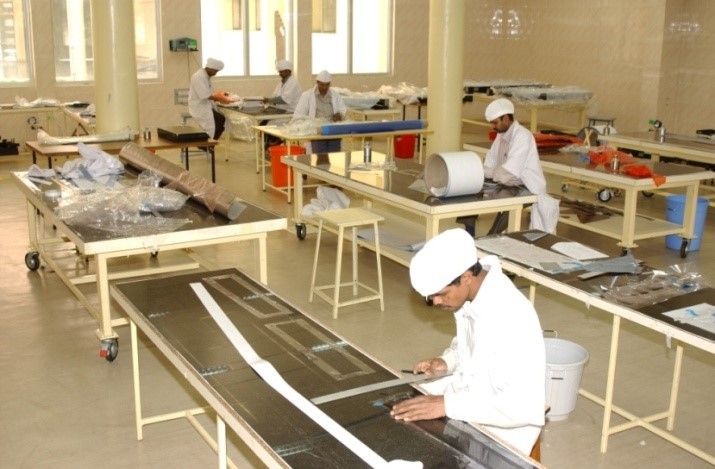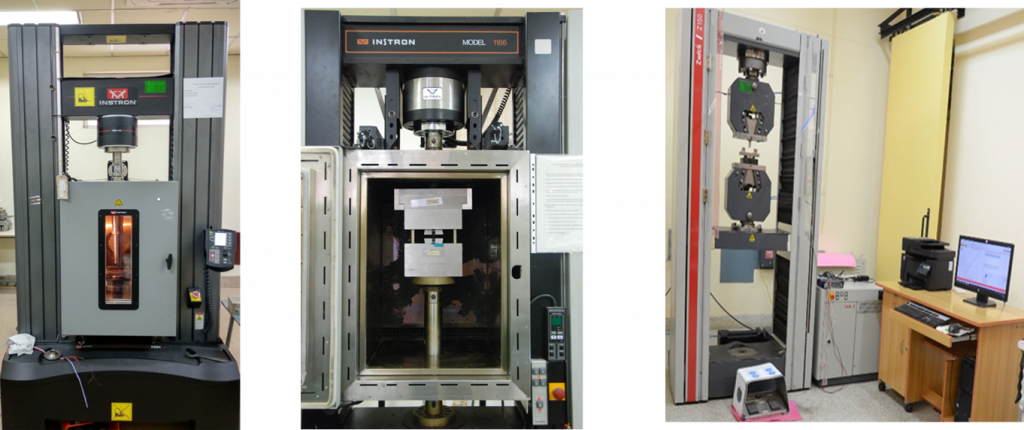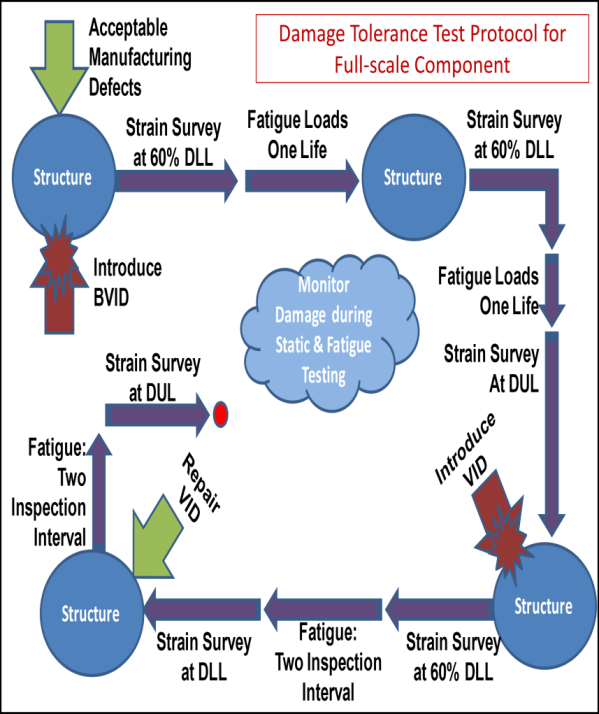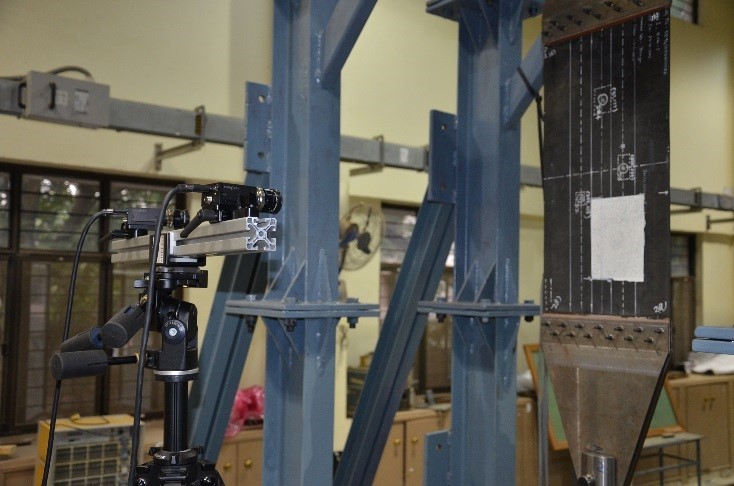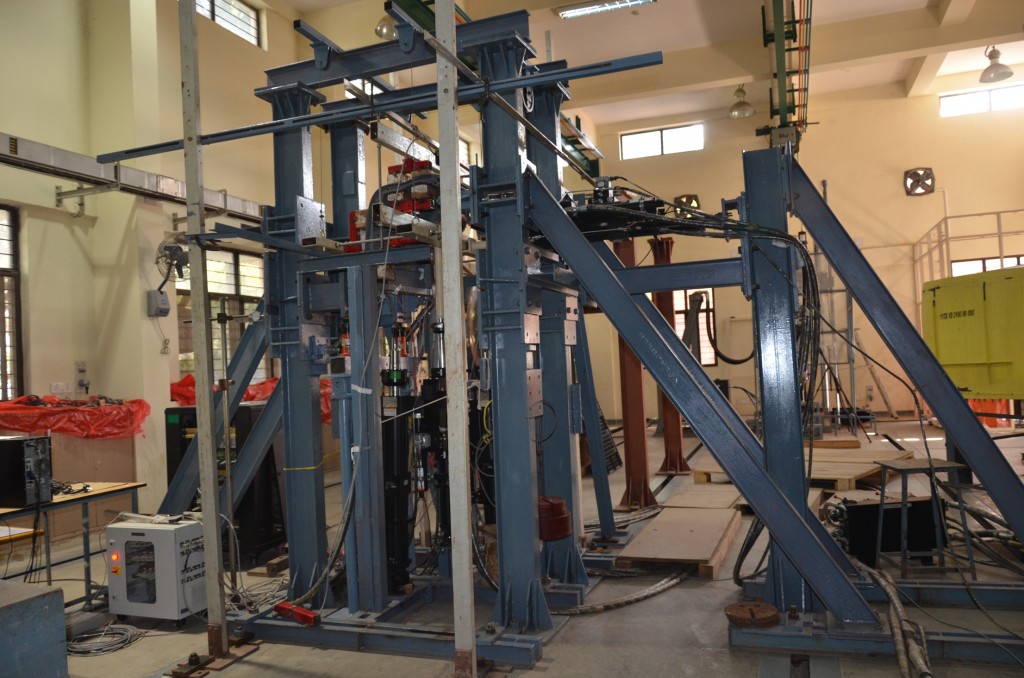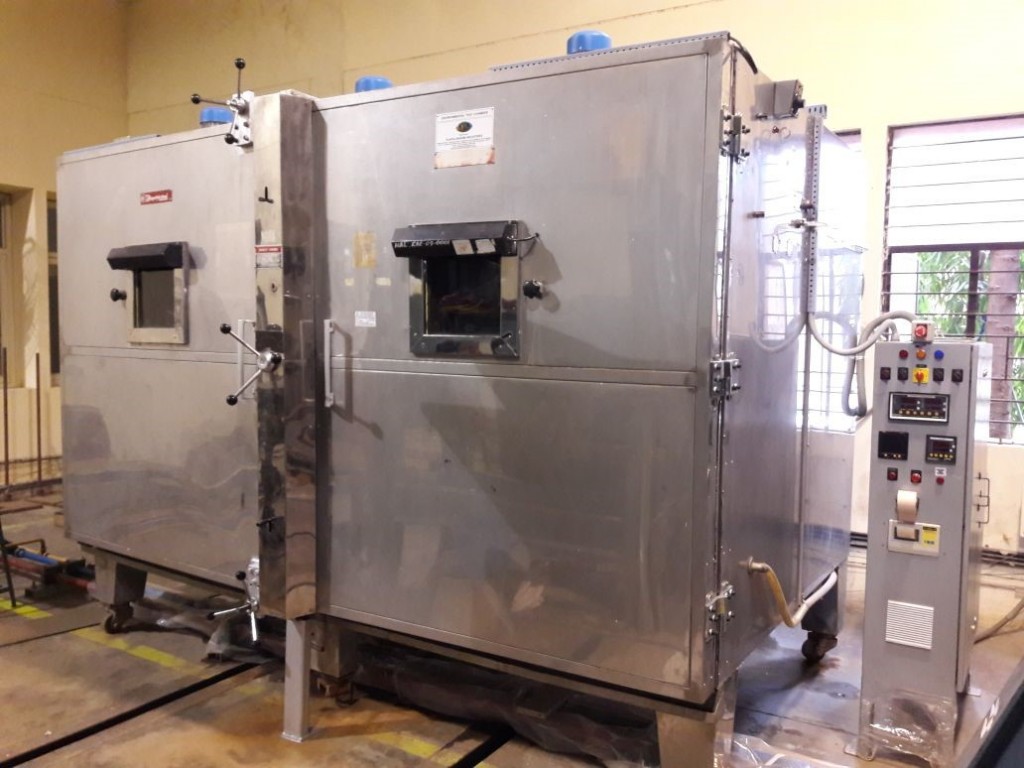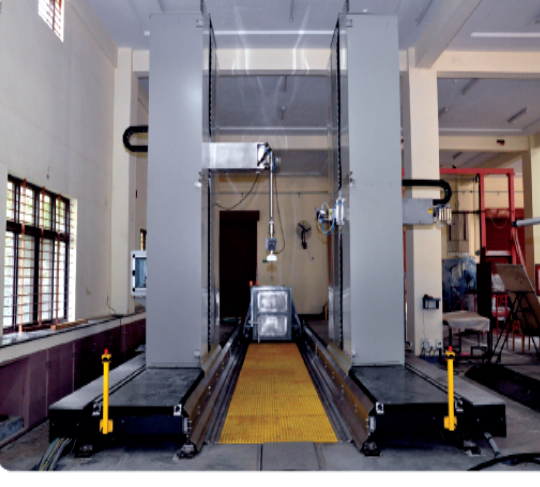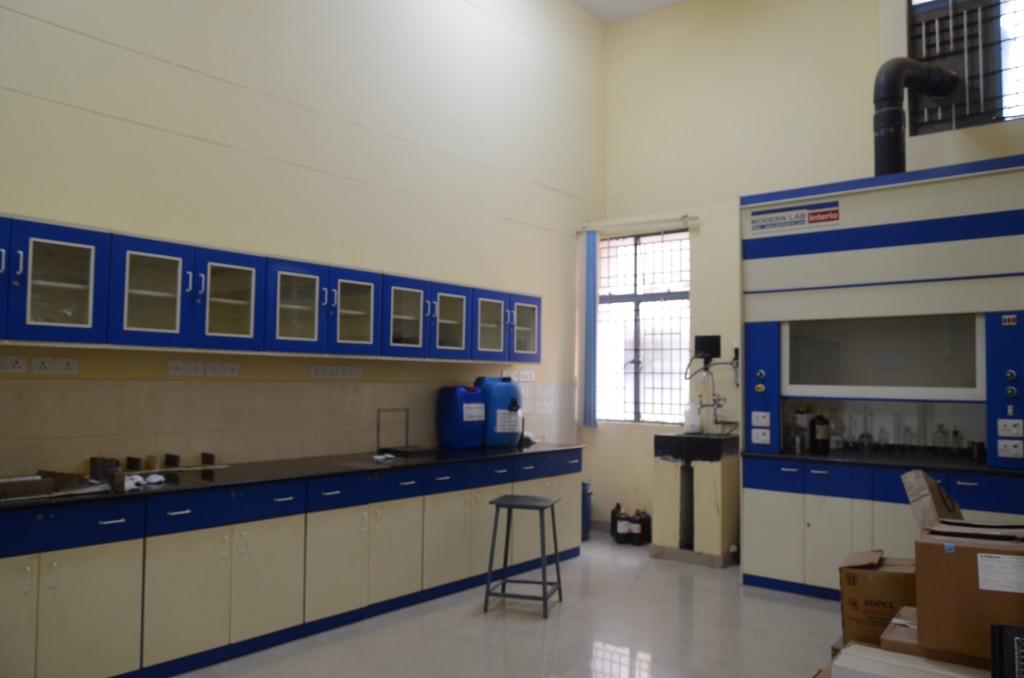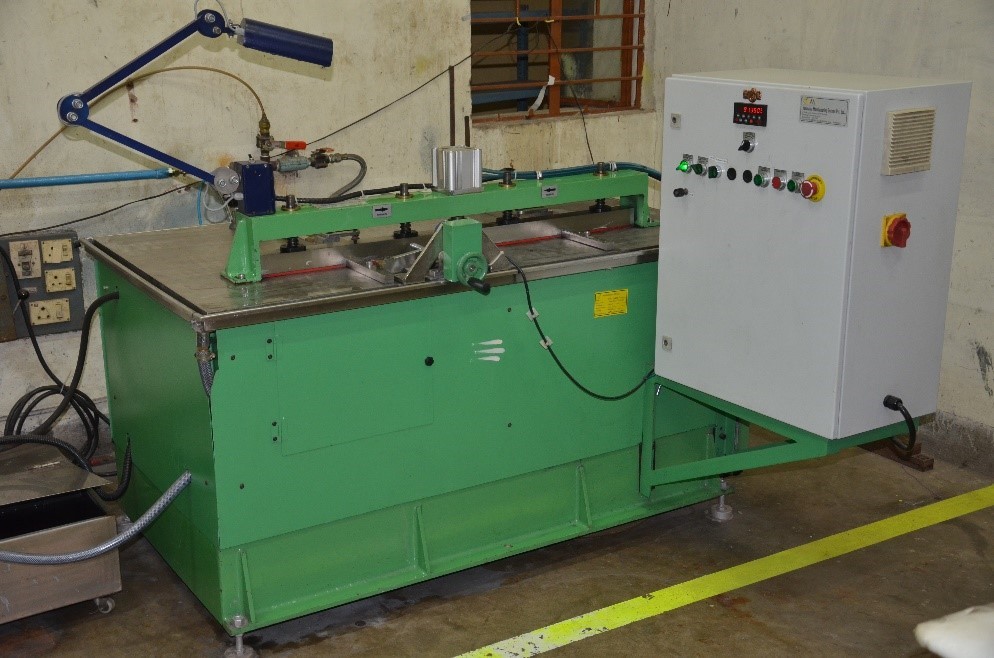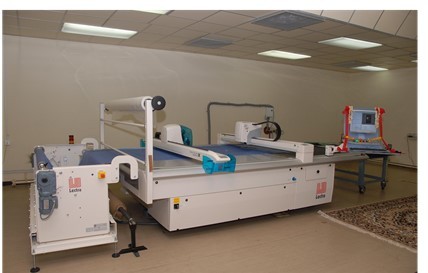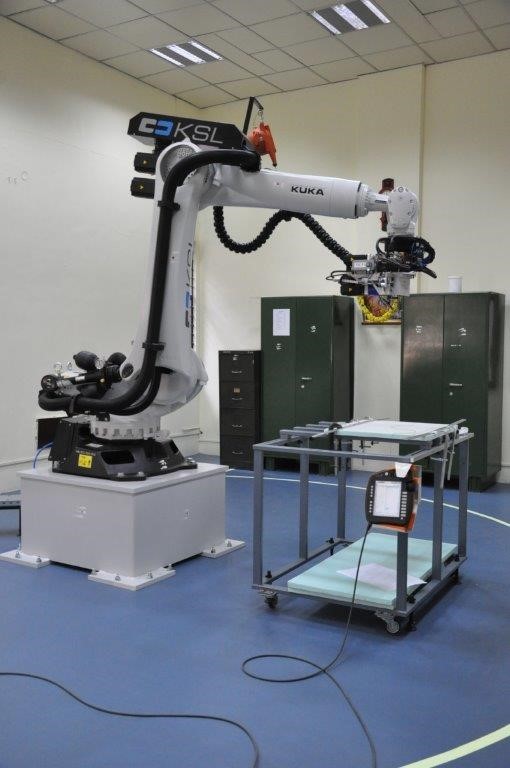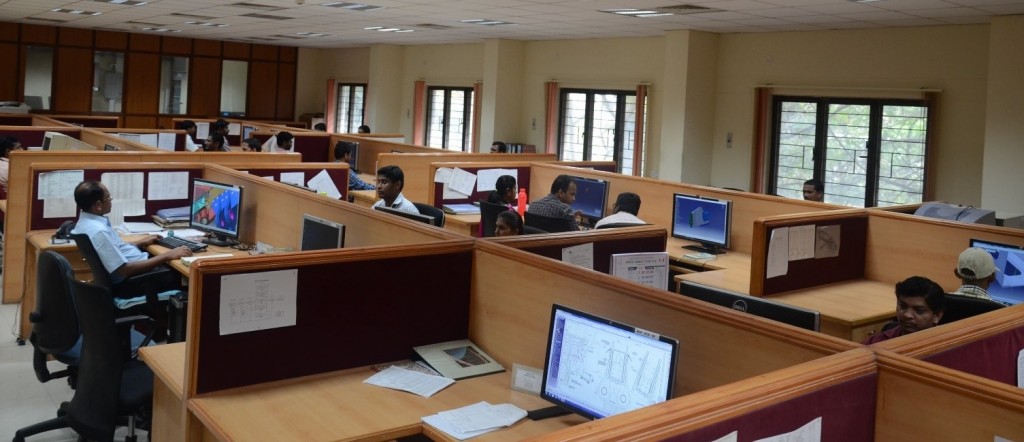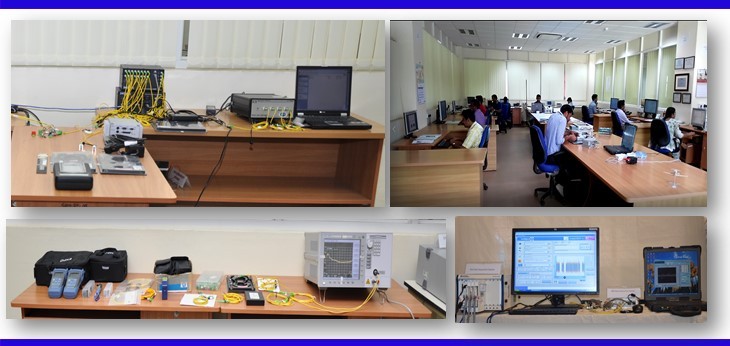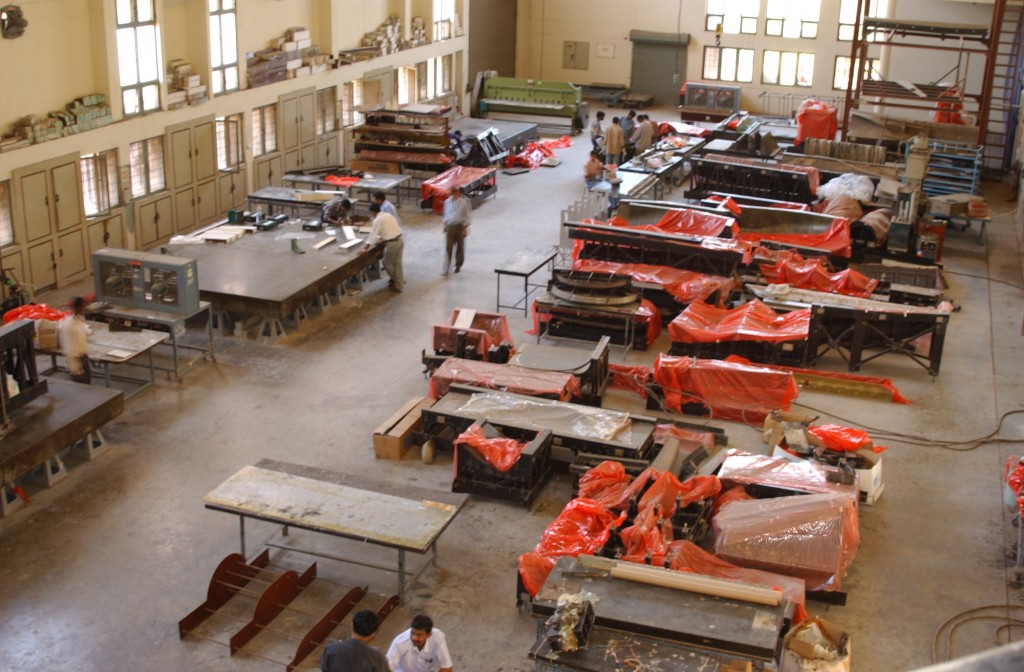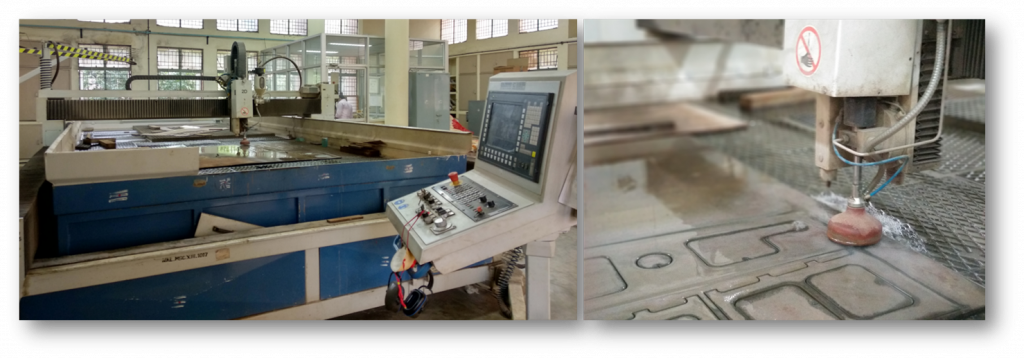Advanced Composites Division (ACD) of National Aerospace Laboratories (CSIR-NAL) is a Centre of Excellence for Composite Structures in India. Since its inception, ACD has strived hard to develop in-house technologies and solutions, which are apt for the design & development of composite structures for military & civil aircrafts. With its co-cured and co-bonded technologies, ACD has made significant contributions to the Light Combat Aircraft project (LCA-TEJAS). The division with a judicious mix of basic research & applied R&D has managed to stay at the forefront of technology. It has an adequate level of expertise in the areas of design, fabrication, non-destructive evaluation, repair and structural testing with capability to deliver “Concept to Certification” solutions for aircraft. The division is rigorously pursuing R&D activities in the forward-looking areas of structural health monitoring, design of damage tolerant structures, processing of thermoplastics, 3D composites and the like.
ACD has contributed to nearly 1/3rd of airframe of SARAS (CSIR-NAL’s 14 seater aircraft) with its composites technologies. Primary structures like Wing, Horizontal Tail, Fin, Rear Pressure Bulkhead, Control Surfaces (elevators, ailerons, flaps), Floor Boards, Wall Assemblies, Fuselage Top Skin, belly fairing and Nacelle have been developed. Innovative design and manufacturing approaches have resulted in substantial reduction in part count, weight and cost. The division has developed and patented a cost effective manufacturing process, namely VERITy (Vacuum Enhanced Resin Infusion Technology) for the development of the composite wing. ACD has been awarded the prestigious JEC-Asia Innovation Awards thrice for the development of HT, Wing and Rear Pressure Bulkhead. It is to be noted that ACD also won the NAL Technology Shield 3 years in a row from 2014-16.
ACD has played a pivotal role in the development of advanced composite structures for the Indian Light Combat Aircraft (TEJAS) programme. The division has developed the co-curing technology for complex parts like Fin, Rudder, Centre Fuselage and Main Landing Gear Doors. The division has not only contributed to the technology demonstrators and prototypes, but has also taken up the challenge to productionise these through public-private– partnership (PPP) with industries. (HAL and TAML)
The division has capabilities in classical stress analysis methods and finite element analysis using tools like MSC-NASTRAN®, ABAQUS®& RADIOSS®. A state-of-the-art CAD facility equipped with geometrical modelling software like CATIA®, AUTOCAD® and the like are available for carrying out the detail design and digital mockup (DMU).
Repair technology is a crucial area helping to maintain the structures during their service life. Some of the major contributions of repair technology group have been: a) Setting up of state of the art composite repair laboratory at 11 BRD, AF Station, Nasik, b) Repair of MiG-29 Fin, c) Repair of AN-32 and IL-76 Radomes, d) Composite repair on IL-76 ventral Fin, e) Supply of CFRP fuselage belly fairings for MiG-29, f) Recovery of Searcher RPA, g) Repair of main landing Gear Bean of MiG-23, h) Development of repair schemes for Wing fuel leak for MiG-29, i) Repair of MiG-29K flaps and j) Providing training of IAF personnel on composite repairs. The repair technology group of ACD has RCMA accreditation to carry out field repair on MiG-29 and has developed many repair tools for machining and patented fixtures for the repair of aircraft parts through adhesive bonding.
Division has designed the fuselage, HT and VT for the High Altitude Platform (HAP) airframe in 1:3 reduced scale. The light weight reduced scale 1:3 airframe of HAP was manufactured and assembled, 3 prototype vehicle.
This HAP was successfully flown multiple sorties to an altitude of 40000 feet. During the flights the airframe experienced different climatic condition and landed safely. The full scale prototype HAP activity is in progress.
The division has developed the LCA MKII Nose Radome (full scale) using the RTM process. The AMCA truncated Nose Radome having foam sandwich was manufactured and tested for its EM performance.
The improved manufacturing process of Radomes is in progress to meet the requirement of EM testing as needed by that aircraft.
The division has expertise in the area of non- destructive evaluation encompassing ultrasonics, real time X-ray imaging and infrared thermography. A state-of-the-art NDE facility has been established having computer controlled water coupled ultrasonic C-scan systems, air coupled ultrasonic systems. Innovative NDE methodologies have been developed for the inspection of co-cured structures developed. ACD also offers NDE services to the industry.
Advanced Composites Division, has been working on the Structural Health Monitoring (SHM) of aircraft structures using Fiber Optic Sensors. The SHM group has developed and demonstrated expertise in the field of sensor packaging, sensor installation, instrumentation, algorithm development using Fiber Optic sensors for the structural health monitoring of aircraft structures. Flight Trials on NISHANT UAV and HANSA demonstrated the capability of in flight data acquisition and monitoring the flight loads. The group is actively involved in the offline SHM system Using Distributed Fiber Optic sensors and online SHM system using the Fiber Bragg Grating (FBG) sensors.
Certification demand for damage tolerant design of structures has fueled the ‘Damage tolerance studies’ on composite structures in the division. Studies in testing and simulation for certification of composite structures meeting the damage tolerant requirements are executed in the division. This group conducts tests and analyses on various coupons, elements, details, sub-components and components across the building-block pyramid to demonstrate compliance to airworthiness requirements such as FAR 25.571. The division has the following Damage Tolerance facilities and capabilities: (1) Portable drop tower for low velocity impact tests, (2) State-of-art in-situ NDI techniques, (3) 150kN Universal Testing Machine for coupon tests, (4) 1000kN servo-controlled UTM for conducting static and fatigue tests on large panels and specimens, (5) Servo-hydraulic multi-actuator systems for static & fatigue testing, (6) Digital Image Correlation (DIC) facility for full-field displacement & strain measurements, and (7) State-of-the-art computational facility for numerical computations.
The division has excellent infrastructure and trained manpower towards destructive testing of composite parts – coupons to full-scale test articles. ACD also has supported DRDO labs and private industries in mechanical characterization of advanced composite materials. Facilities include UTMs, Hydraulic and Servo-hydraulic actuators, Digital Image Correlation (DIC) system, Draw-wire sensors and multi-channel multi- purpose Data acquisition (DAQ) systems.
Valued Clients, Sponsors & Collaborators
Government Agencies: ADA, HAL, ADE, ASL, DRDL, IAF, NSTL, GTRE, R&D (E)
Industries: TAML, GM, GE, Mercedes Benz, Airbus
Academia: IISc, IITs, VNIT, Manipal Institute of Technology
Foreign Collaborators: Israel Aircraft Industries, Tel Aviv University and Manchester University


 English
English हिन्दी
हिन्दी